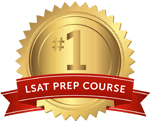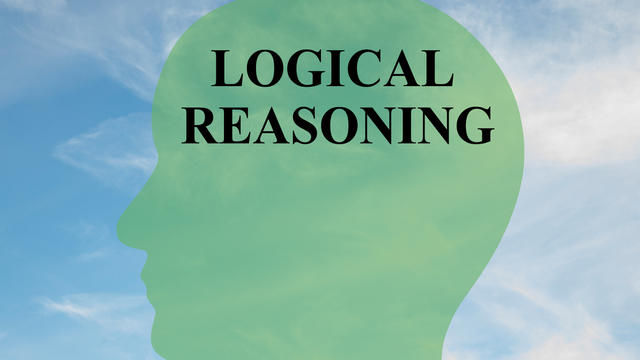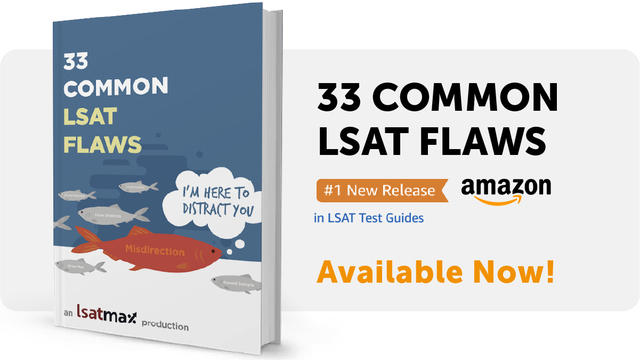A big point of contention for many LSAT prep students is the difference between diagramming "the only" statements and "only" statements. Did you just do a double take? Yes, there is a difference between "the only" and "only." It's a common mistake to diagram these two as one in the same, but knowing the difference between these two types of Sufficient & Necessary statements can be that extra boost you need to get to your target score.
"Only" Statements
Let's start with the more common of the two: "only" statements. We've discussed before how an "only" will introduce a necessary condition. So let's look at an example:
"A dreamer is one who can only find his way by moonlight."
We can rewrite this: If one is a dreamer, then they can only find their way by moonlight.
D ==> FWM
not FWM ==> not D
How about one more for the road?
"It is only after we have lost everything that we're free to do anything."
We can rewrite this to be: "If we are free to do anything, then we have lost everything."
FDA ==> LE
not LE ==> not FDA
"The Only" Statements
Now let's take a look at statements with "the only." "The only" introduces the sufficient condition. Remember that the article "the" is used to point to or qualify a specific thing. For instance:
"Apples are the only fruit that John likes."
Now, this does not mean that if you give John any apple, he will necessarily like it. But, we know that if John does happen to like a fruit, then it must be an apple. Thus, John liking the fruit is the sufficient condition. If John likes a fruit, then it is an apple.
JLF ==> A
not A ==> not JLF
Let's look at another example:
"The only people for me are the mad ones."
We can rewrite this: If the people are for me, then they are mad.
PFM ==> M
not M ==> not PFM
That wasn't so bad right? It's really important to be able to distinguish which condition is sufficient and which is necessary. With practice, pinpointing each condition will become second nature. Just remember which indicator words introduce which type of condition. As your LSAT prep moves forward, I promise you'll soon see how simple Sufficient & Necessary statements truly are!
Happy Studying!











